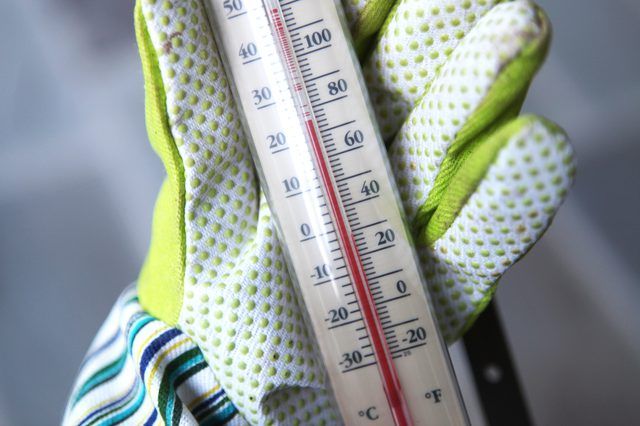Bulbs
Flower Basics
Flower Beds & Specialty Gardens
Flower Garden
Garden Furniture
Garden Gnomes
Garden Seeds
Garden Sheds
Garden Statues
Garden Tools & Supplies
Gardening Basics
Green & Organic
Groundcovers & Vines
Growing Annuals
Growing Basil
Growing Beans
Growing Berries
Growing Blueberries
Growing Cactus
Growing Corn
Growing Cotton
Growing Edibles
Growing Flowers
Growing Garlic
Growing Grapes
Growing Grass
Growing Herbs
Growing Jasmine
Growing Mint
Growing Mushrooms
Orchids
Growing Peanuts
Growing Perennials
Growing Plants
Growing Rosemary
Growing Roses
Growing Strawberries
Growing Sunflowers
Growing Thyme
Growing Tomatoes
Growing Tulips
Growing Vegetables
Herb Basics
Herb Garden
Indoor Growing
Landscaping Basics
Landscaping Patios
Landscaping Plants
Landscaping Shrubs
Landscaping Trees
Landscaping Walks & Pathways
Lawn Basics
Lawn Maintenance
Lawn Mowers
Lawn Ornaments
Lawn Planting
Lawn Tools
Outdoor Growing
Overall Landscape Planning
Pests, Weeds & Problems
Plant Basics
Rock Garden
Rose Garden
Shrubs
Soil
Specialty Gardens
Trees
Vegetable Garden
Yard Maintenance
How to Take Care of Mini Pine Trees
How to Take Care of Mini Pine Trees. Mini Italian stone pine trees (Pinus pinea) are closely associated with the Christmas season, but you can enjoy and grow miniature pines all year. Hardy in U.S. Department of Agriculture plant hardiness zones 8 through 10, mini pines do well as year-round houseplants. Pine sap can cause allergic reactions in...
Mini Italian stone pine trees (Pinus pinea) are closely associated with the Christmas season, but you can enjoy and grow miniature pines all year. Hardy in U.S. Department of Agriculture plant hardiness zones 8 through 10, mini pines do well as year-round houseplants. Pine sap can cause allergic reactions in some people and the needles can be sharp, so keep the trees out of reach of toddlers. If you decide to decorate your mini pines for the holidays, avoid using lights because heat can damage the trees.
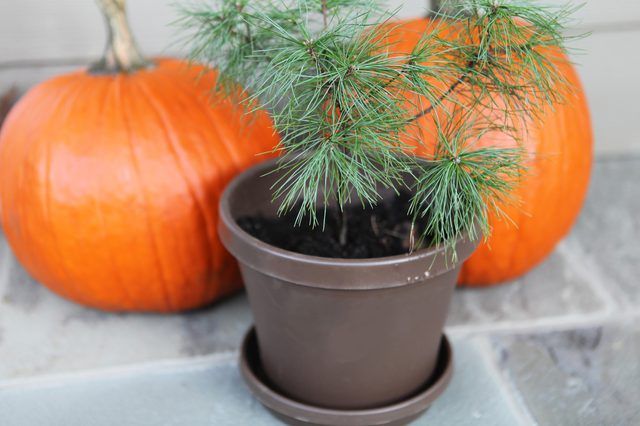
Things You'll Need
Water
Potting soil
Vermiculite
All-purpose plant fertilizer
Step 1
Place your mini pine tree where it receives plenty of morning sunshine but gets protection from direct sun at the hottest part of the day.
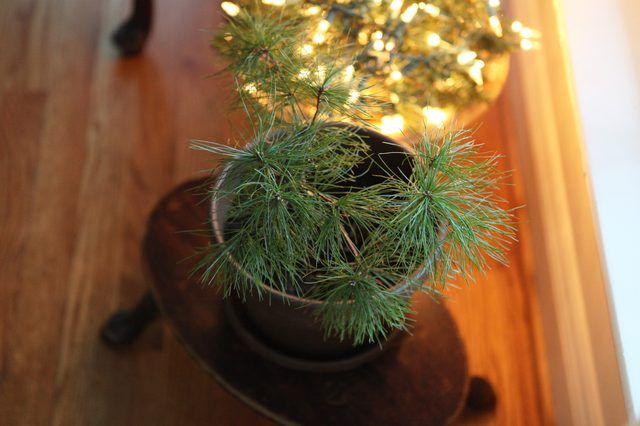
Step 2
Water the soil around your mini pine tree's roots to keep them moist but not soaked. Poke your finger into the soil to check for moisture. If it's dry an inch or two below the surface, it's time to water.
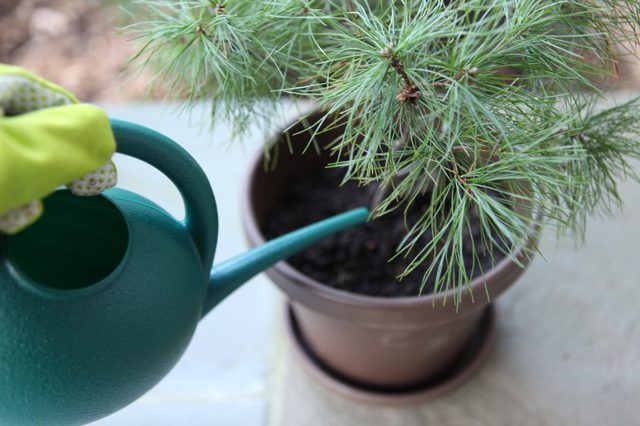
Step 3
Feed your mini pine tree with all-purpose plant fertilizer every other month. Use 1 teaspoon of water-soluble, balanced, complete fertilizer, such as 15-15-15, with 1 gallon of water, and water normally.
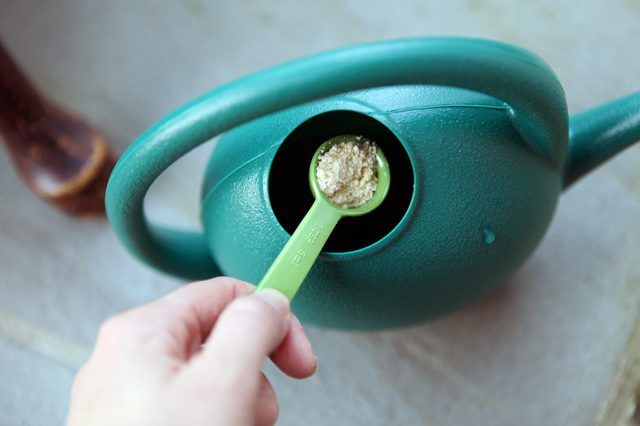
Step 4
Repot your mini pine tree if it becomes root bound. Every six months, gently remove the tree from its pot to examine the roots. If they're tightly packed or cramped, repot the tree to a larger container. Use a 3-to-1 mixture of potting soil and vermiculite. Loosen the roots very gently with your fingers, and then place the tree in the new pot. Tamp the soil and vermiculite around the root ball, and then water.

Step 5
Set your tree outside for a few hours a day once there is no danger of the temperature falling below 60 degrees Fahrenheit. Mini pine trees love fresh air and natural light, but keep them protected from direct outdoor sun.
